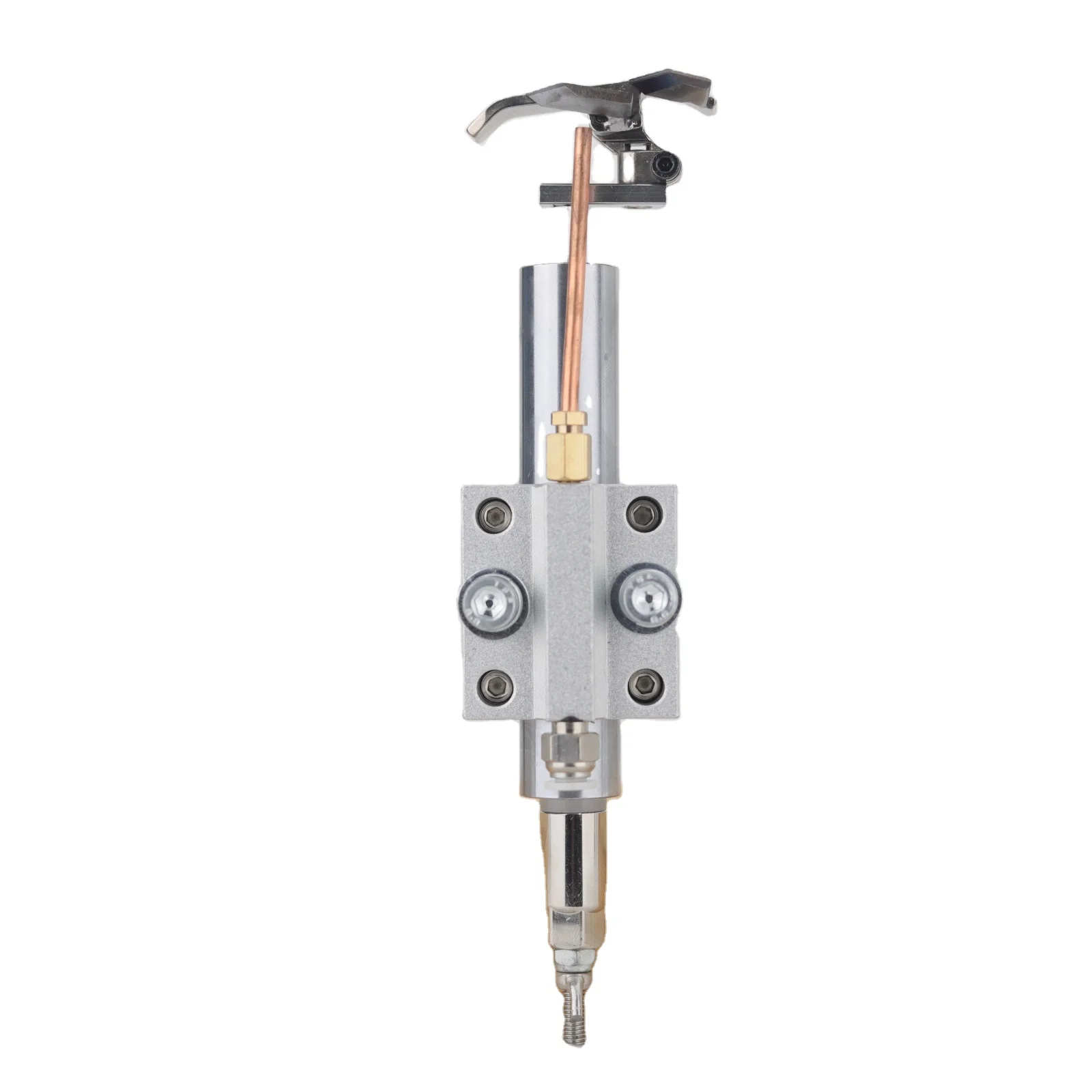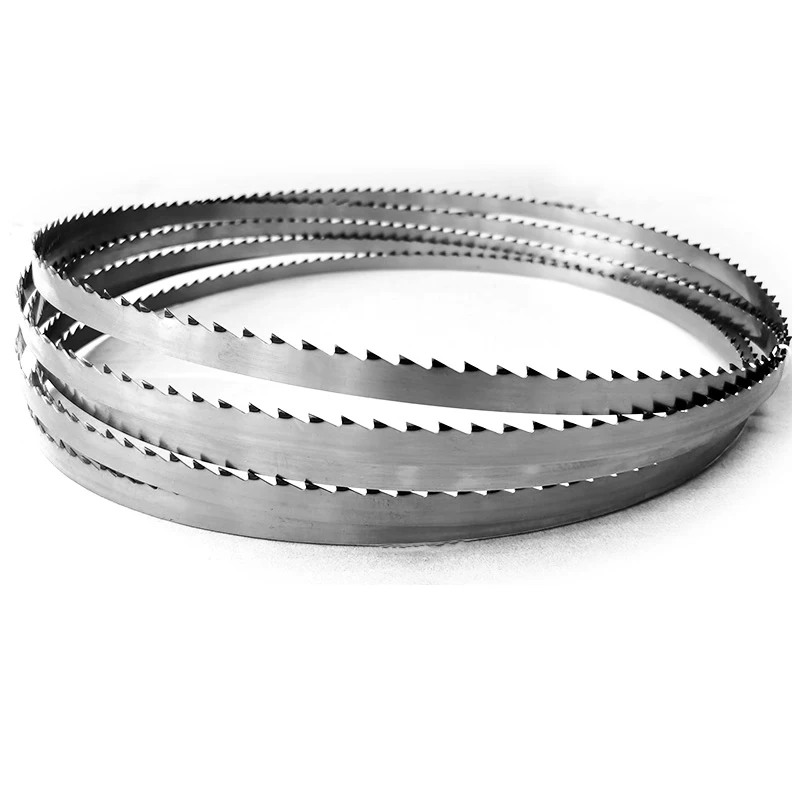Unit 1301-2, No. 365, Chengyi Street, Software Park Phase Iii, Xiamen, Fujian, China +86-18650178166 manager@xmstrongtech.com +86-15159201675 Xiamen Strongtech Co., Ltd.
Unit 1301-2, No. 365, Chengyi Street, Software Park Phase Iii, Xiamen, Fujian, China +86-18650178166 manager@xmstrongtech.com +86-15159201675 Xiamen Strongtech Co., Ltd.
CNC router machines are revolutionizing woodworking by transforming complex digital designs into tangible creations with incredible precision. Woodworkers are empowered to bring their intricate visions to life, thanks to the advanced software these machines employ. CNC routers can effortlessly handle complex geometries, enabling the creation of unique, custom pieces that would be labor-intensive and nearly impossible to produce by hand. Additionally, these machines optimize material usage, which is crucial in reducing waste in the resource-intensive woodworking industry. By enhancing efficiency and minimizing scrap, CNC router machines not only save costs but also promote sustainable practices in woodworking.
CNC routers are synonymous with accuracy and repeatability, making them indispensable tool in woodworking, especially for intricate patterns crafted at scale. These machines are programmed to perform repetitive tasks flawlessly, ensuring each product meets stringent specifications—a vital feature in mass production settings. Precision calibration tools further boost repeatability, guaranteeing that every cut aligns perfectly with the intended design. According to studies, CNC routers achieve tolerances as fine as 0.001 inches, showcasing their ability to deliver exceptional detail in woodworking projects. This precision minimizes errors, accelerates production, and ensures consistency across multiple pieces, thereby enhancing overall product quality.
The backbone of CNC router functionality lies in its advanced 3-axis motion control systems. These systems enable the router to navigate along the X, Y, and Z axes, allowing for intricate carvings and precise engravings. By minimizing manual adjustments and streamlining the workflow, production efficiency is remarkably enhanced. In fact, research has shown that such advanced motion control systems can boost cutting speeds by up to 30%, optimizing project timelines significantly. With these features, business operations receive a substantial upgrade, making CNC routers an invaluable tool in any woodworking setup.
Automated tool-changing capabilities are a game-changer for CNC routers, revolutionizing the way projects are approached. These systems allow seamless transitions between different cutting bits, reducing downtime dramatically and increasing productivity. This versatility supports a broader range of cutting and engraving tasks, enhancing the CNC router's adaptability. Industry experts note that implementing automated tool changers can lead to productivity improvements of up to 40%, highlighting their value in modern woodworking environments. As business needs evolve, these capabilities ensure that operations remain efficient and dynamic.
The integration of CAD (Computer-Aided Design) and CAM (Computer-Aided Manufacturing) software into CNC routers is a pivotal feature driving seamless workflows. This synergy provides a comprehensive, end-to-end solution in woodworking projects, allowing for real-time adjustments and simulations. Woodworkers can visualize the product precisely before the physical cutting begins, leading to fewer errors and improved collaboration. Surveys indicate that companies utilizing CAD/CAM systems experience lower error rates and more efficient project coordination. This integration empowers businesses to streamline their production processes, ensuring precision and efficiency at every step.
CNC routers are indispensable in producing intricate furniture components demand detailed artistry and design precision. Their capability to replicate complex patterns consistently across multiple pieces ensures high-quality craftsmanship for high-end custom furniture. This technology allows furniture makers to achieve elaborate designs that were previously labor-intensive, streamlining the production process significantly and enhancing efficiency.
Crafting custom millwork and moldings with precision is made possible by CNC router machines, offering capabilities that surpass traditional methods. These machines excel in applications like crown molding, intricate window casings, and elaborate wall panels, delivering unparalleled accuracy. The precision and versatility of CNC technology allow architects to design elements that add distinctive character and sophistication to any building or home.
CNC router machines offer an excellent solution for creating visually striking custom signage, particularly through 3D relief carving. This technology enhances brand visibility, supporting a wide variety of materials such as wood, plastic, and metal, thus diversifying marketing opportunities. Businesses can leverage this capability to produce eye-catching signs that stand out in competitive environments.
CNC routers transform complex artistic processes like inlay and marquetry, facilitating the creation of stunning mixed-material designs. The precision offered allows artisans to produce intricate and detailed work that enhances the aesthetic value of their projects. Through this technology, woodworking projects benefit from precise cuttings and designs that elevate artistry to new heights.
Specialized CNC router bits are integral to maximizing the functionality of CNC machines. These bits are tailored for specific tasks, such as engraving, cutting, and shaping, which amplifies the precision and efficiency of each project. By choosing the correct router bit for particular materials, we can significantly improve the quality of the finish. This precision reduces the necessity of extensive post-processing, saving both time and resources in CNC operations. The use of well-suited bits plays a vital role in achieving intricate designs, especially in detailed woodworking like inlay work and marquetry.
High-performance aluminum saw blades are essential for achieving precise and clean cuts, especially when working with tough materials. These blades are engineered for speed and efficiency, which makes them indispensable for projects demanding exact dimensions and superior finishes. Selecting the correct aluminum saw blade is critical not only for the quality of the cuts but also for extending the life of the blades by minimizing wear. This precision is crucial in manufacture settings where accuracy directly affects the final product, such as in architectural millwork and custom cabinetry projects.
Maintaining a clean and safe workshop environment is critical for efficient CNC operations, which is why effective dust collection systems are indispensable. These systems enhance visibility, improve worker safety, and protect the sensitive components of CNC machines from excessive dust build-up. By reducing dust exposure, these systems help extend the lifespan of CNC routers and ensure consistent operational efficiency. In woodworking settings, where debris can be quite significant, implementing robust dust collection mechanisms can also drastically improve air quality and address health concerns associated with prolonged exposure to wood particles.
Implementing design optimization strategies is essential for enhancing CNC workflow efficiency. By analyzing designs for manufacturability and minimizing unnecessary complexity, woodworkers can significantly reduce waste and production time. This approach ensures that each piece is tailored precisely to the material and machine capabilities, allowing it to be processed swiftly and accurately. Ultimately, optimized design maximizes resource utilization and operational efficiency, contributing to a smoother and more cost-effective production process.
Proper material preparation is a fundamental step in achieving optimal routing results. Ensuring the correct size and moisture content of materials before routing can minimize errors, which in turn reduces costly rework and scrap. Best practices include inspecting materials for imperfections, conditioning them for uniform consistency, and cutting them to the required dimensions accurately. By adhering to these practices, woodworkers promote the reliability and quality of the final products, thereby bolstering their workshop's overall efficiency.
Post-processing techniques are pivotal in influencing a project's final appearance and customer satisfaction. Sanding and applying finishes are examples of how efficient post-processing methods can enhance the visual and tactile quality of the product. By leveraging streamlined techniques, woodworkers can save time without compromising quality, ensuring that projects are completed swiftly and to the highest standards. Focusing on efficient post-processing helps maintain consistency across projects, leading to increased throughput and higher customer satisfaction.





